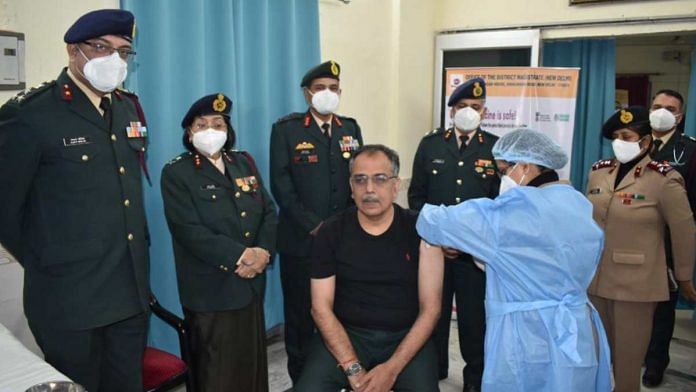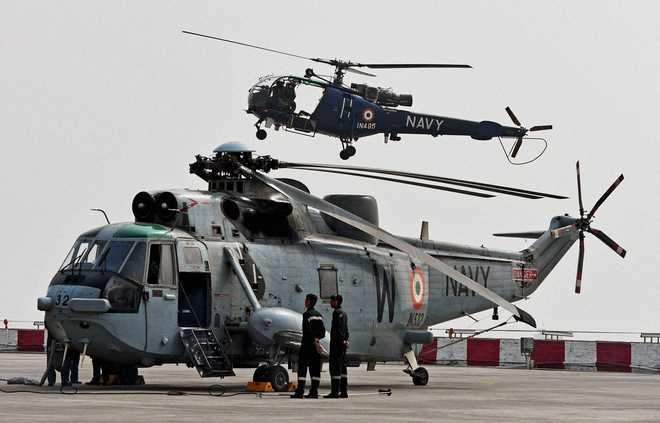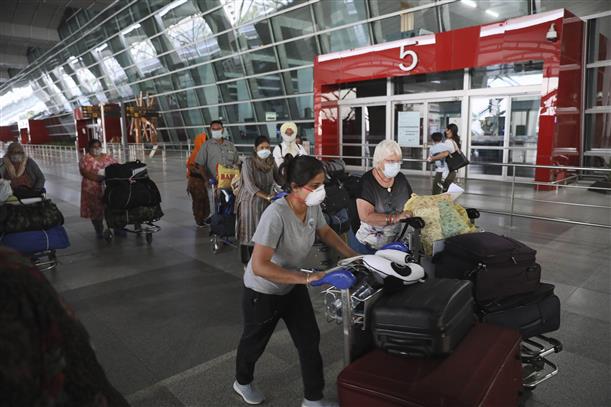
Medics from armed forces get Covid vaccination at the Base Hospital in Delhi | Source: ArmyText Size: A- A+
New Delhi: The Indian armed forces is close to achieving complete vaccination, with over 97 per cent defence personnel having received the first vaccine dose and nearly 76 per cent having received the second dose as well, senior defence officials said.
The figures also include data for personnel of the Indian Coast Guard and the Border Roads Organisation (BRO).https://a2197a087cd975e94b460e312c4a9d69.safeframe.googlesyndication.com/safeframe/1-0-38/html/container.html
According to defence sources, the first vaccine dose has been given to 99 per cent of the 13-lakh strong Army while only 18 per cent of all personnel are left to receive the second vaccine dose.
All the IAF personnel have received the first dose of the vaccine. Only 10 per cent are left to receive the second dose.
Nearly 100 per cent of the Navy personnel too have received the first dose and over 70 per cent have received the second dose as well. Naval personnel who remain out at sea on long deployments are vaccinated when they are back ashore. The service first focused on vaccinating doctors and medics.
The IAF has nearly 2 lakh personnel and the Navy is nearly a lakh-strong.
No serious side-effects have been observed among vaccinated personnel, sources said.
Also read: Rajnath Singh assures support to Indonesian counterpart Subianto in tracing missing submarine
Vaccination programme in defence forces
Defence ministry sources told ThePrint that the three services, the BRO and the Coast Guard have cumulatively reported over 44,000 Covid-19 cases since the onset of the pandemic. There have been fewer than 150 fatalities.
Sources had earlier told ThePrint that the Covid vaccination drive was progressing fast for the defence services. They are being vaccinated irrespective of age since they are frontline workers. There was no prioritisation for vaccinating personnel in border areas.
The armed forces are using the Covishield vaccine.
Even the dependents of serving personnel who are over 45 years are being vaccinated at service hospitals in line with the national policy. The forces are also vaccinating their veterans in accordance with the age criteria put forth by the Ministry of Health and Family Welfare.
The preparations for vaccinating the armed forces personnel began last year. In January this year, nearly 4,000 Army soldiers posted in Leh, Ladakh, received the Covid-19 vaccine in the first phase.
Aid to civilians
The three services have also pitched in their resources to aid the country that is currently grappling with a record Covid surge.
They are working on ramping up infrastructure of military hospitals, and deploying doctors and medical staff to other cities that are reporting a surge. The forces are also transporting oxygen cylinders and essential medicines to Delhi, which is reeling under a massive shortage of these items.
Also read: Military hospitals could now treat civilians as Rajnath seeks armed forces’ aid in Covid fight





































































